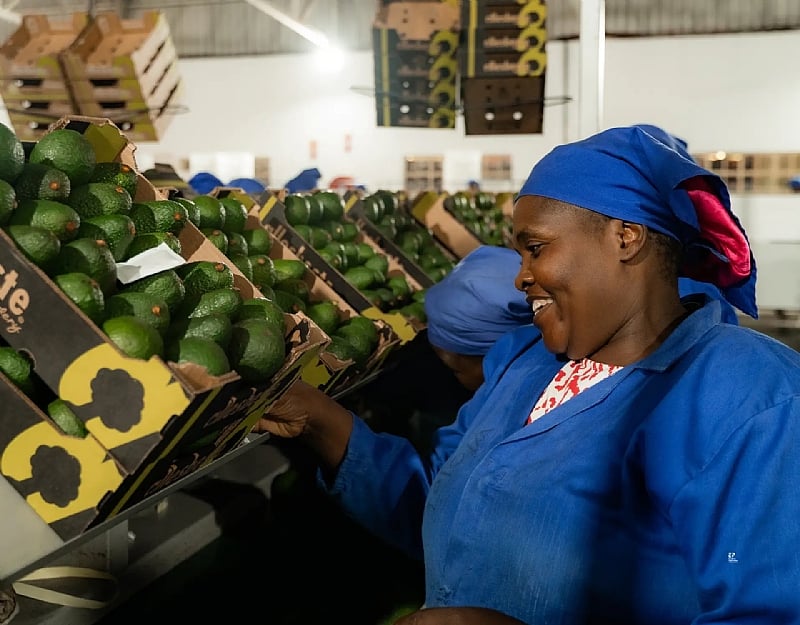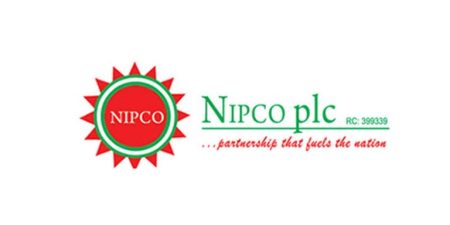Paragraph 1: The author opens with a personal anecdote about the scarcity and fluctuating prices of everyday food items in his local market, highlighting the underlying instability within the African food economy. This serves as a springboard to introduce the central theme: the untapped potential of the African food system as a robust and investable asset class. He argues that beyond its nutritional value, food represents a complex network of production, distribution, and financial systems ripe for development and investment. This perspective shift, he asserts, is crucial for transforming the sector from a fragmented, undercapitalized landscape into a structured and lucrative economic engine.
Paragraph 2: The author clarifies the concept of “food as an asset class,” differentiating it from existing agricultural investments like commodity markets and farmland REITs. Africa’s unique value proposition lies in its immense, yet unmet, food demand coupled with a pressing need for resilience, driven by factors like climate change and population growth. The author emphasizes the staggering projected food import bill of $110 billion by 2025, urging a shift from viewing food security primarily as a humanitarian concern to recognizing it as a critical component of economic infrastructure. This entails asking strategic questions about revenue generation, financial integration, and risk management within the food system.
Paragraph 3: To establish the viability of food systems as an investment opportunity, the author outlines five key characteristics of a strong asset class: a value chain with demonstrable cash flow potential, clear ownership and risk allocation mechanisms, supportive policy and institutional frameworks, assured demand, and the availability of reliable performance data and standardized metrics. He posits that while Africa’s food economy possesses these elements in fragmented form, the challenge lies in integrating them into cohesive, financeable instruments. This framework provides a roadmap for structuring investments and attracting capital to the sector.
Paragraph 4: The author then delves into the specific, investable nodes within the African food system. He identifies primary production of high-value crops like cashew, shea, maize, and soya as a key area, emphasizing the need for aggregators and cooperatives to streamline production and market access. He further highlights the importance of storage and aggregation infrastructure to minimize post-harvest losses, advocating for community grain banks as micro-logistics hubs. Processing infrastructure to add value to raw materials, development of robust cold chains powered by renewable energy, and efficient logistics, including last-mile delivery systems, are also identified as crucial investment targets. Finally, the author emphasizes the role of insurance and fintech solutions in mitigating risks and facilitating access to finance for farmers.
Paragraph 5: The author advocates for a fundamental shift from grant-dependent agriculture to commercially viable agri-finance, emphasizing that subsidies should catalyze, not replace, private investment. He proposes structuring food system investments like infrastructure deals, utilizing blended finance models, layered risk mitigation strategies, and clearly defined exit pathways for investors. An example of a hypothetical $50 million agro-industrial park illustrates how development loans, equity from local pension funds, and risk-sharing instruments can be combined to attract diverse investors with varying risk appetites, ensuring both financial returns and positive developmental impact.
Paragraph 6: The author positions Ghana as an ideal testbed for this asset-class approach, citing its established commodities exchange, nascent green finance framework, high mobile money penetration, political prioritization of food self-sufficiency, and a burgeoning agritech ecosystem. He envisions Ghana not just as a pilot site, but as a proof-of-concept for continent-wide transformation, demonstrating the viability and scalability of structured agri-finance products. He acknowledges the growing investor appetite for climate-resilient investments and emphasizes the importance of preparedness in attracting this capital. The author concludes by reiterating the need to transform the act of feeding people into a profitable enterprise, attracting capital and strengthening the entire food system. He stresses that this is not a plea for handouts, but a call for strategic investment in a promising asset class, ultimately ensuring food security and economic growth for Africa.














